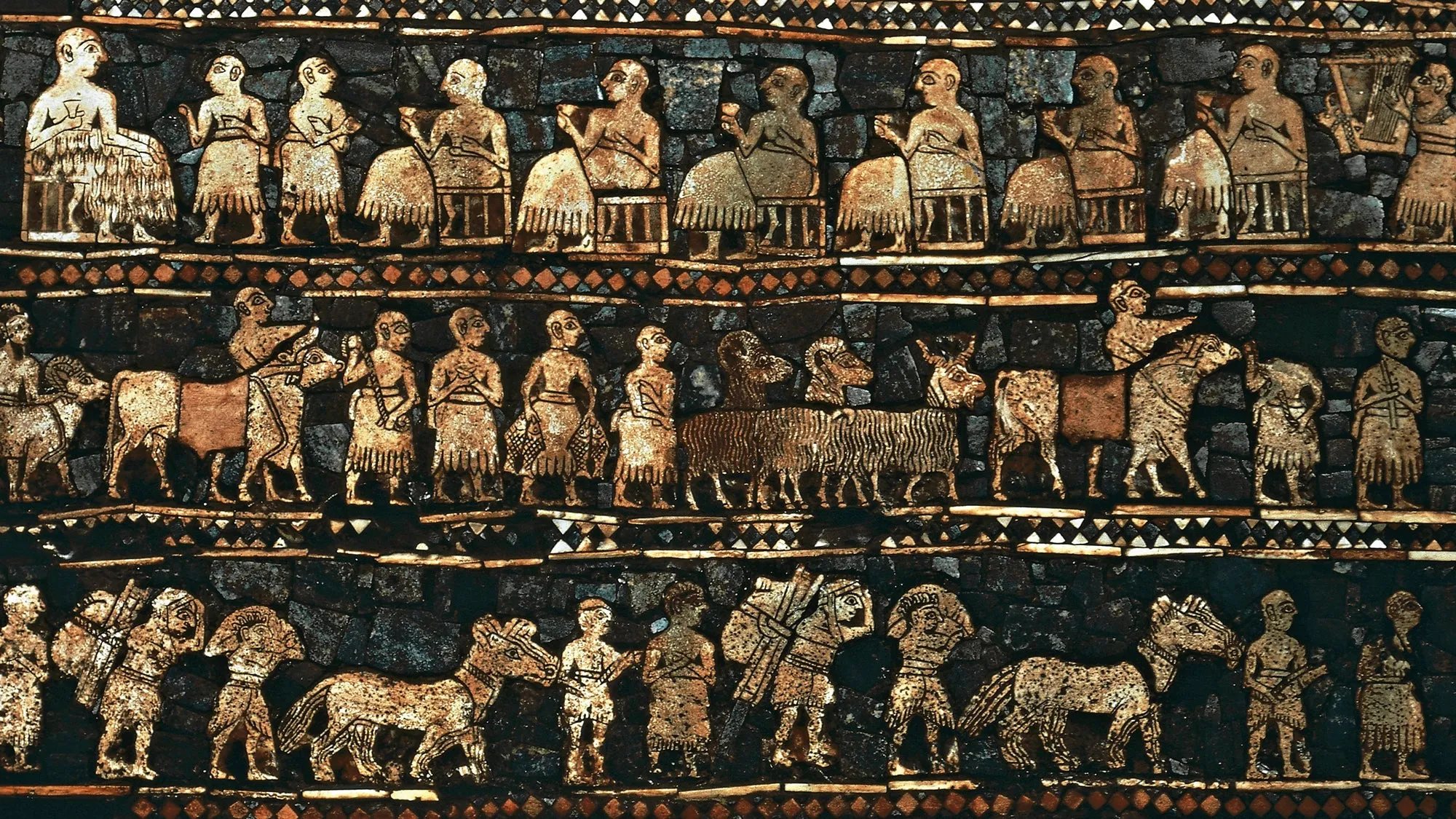Sumer’s Timekeeping: Innovation’s Quiet Beginnings
The Sumerians and the Birth of Timekeeping: A Legacy of Innovation
Approximately 5,000 years ago, in the cradle of civilization that was ancient Mesopotamia, the Sumerians embarked on a revolutionary journey that forever changed the way humanity perceives and measures time. This extraordinary civilization, situated between the Tigris and Euphrates rivers in what is now modern-day Iraq, not only laid the foundations for urban life, writing, and law, but also pioneered a sophisticated numerical system that would shape the concept of time for millennia to come.
The Sumerian Civilization: An Overview

The Sumerians are widely recognized as one of the earliest known civilizations, flourishing in southern Mesopotamia between approximately 4,000 and 2,000 BC. They inhabited a region characterized by fertile plains and a network of rivers that provided crucial sustenance for their agrarian society. The development of agriculture allowed settlements to grow into prosperous urban centers, such as Ur, Uruk and Eridu, which became hubs of cultural, economic and administrative activity.
The birth of number systems: the sexagesimal system

Central to Sumerian achievements was the creation of the sexagesimal number system, based on the number 60. This system was a testament to their advanced mathematical understanding and practical ingenuity. The choice of 60 as the base number was likely influenced by the Sumerians’ reverence for astronomy and the natural cycles they observed in the heavens.
The sexagesimal system had profound implications for timekeeping. It led to the subdivision of an hour into 60 minutes and a minute into 60 seconds, a concept that remains integral to modern timekeeping. This innovation was driven by the Sumerians’ need for accurate calendrical systems to coordinate agricultural activities, religious rituals, and administrative affairs. The ability to measure time accurately not only improved productivity but also facilitated social cohesion and governance.
Calendar systems and agricultural society.

In Sumerian society, agriculture was the lifeblood of the economy, and the timing of planting and harvesting was critical to ensuring food security. The development of calendars that tracked lunar phases and seasonal cycles allowed farmers to predict flooding of the Tigris and Euphrates rivers, coordinate labor efforts, and maximize agricultural yields. Furthermore, religious festivals and rituals were closely tied to these calendrical observations, reinforcing the interconnectedness of time, nature, and spirituality in Sumerian culture.
Writing and documentation: preserving knowledge
The Sumerians are credited with inventing writing, known as cuneiform, around 3200 BC. This remarkable achievement facilitated the recording of astronomical observations, economic transactions, legal codes, and religious texts. Written records were instrumental in passing on knowledge between generations and fostering intellectual advancements in a variety of fields. The ability to document time-sensitive information, such as contracts and administrative decrees, further underscored the importance of accurate timekeeping in Sumerian society.
Legacy and influence: beyond Mesopotamia
The influence of Sumerian timekeeping practices extended far beyond the borders of Mesopotamia. As neighboring civilizations such as the Akkadians, Babylonians, and Assyrians adopted Sumerian numerical systems and calendrical methods, they built upon this foundation to further refine timekeeping and astronomical calculations. The Babylonians, for example, developed sophisticated mathematical tables, including the famous Enuma Anu Enlil tablets, which recorded celestial phenomena and planetary motions.
Continuity and evolution: from antiquity to modernity
The enduring legacy of Sumerian timekeeping is evident in its continuity and adaptation over thousands of years. The sexagesimal system, with its division of time into 60 units, became embedded in ancient civilizations throughout the Near East, the Mediterranean, and beyond. Its influence persisted through the Hellenistic period, the Roman Empire, and the medieval Islamic world, where scholars further refined astronomical calculations and timekeeping methods.
In the modern era, the sexagesimal system continues to shape global standards of timekeeping, as evidenced by its use in measuring time, angles, and geographic coordinates. The persistence of 60 as a base number in our daily lives—from hours and minutes on clocks to degrees and minutes in geographic coordinates—attests to the lasting impact of Sumerian mathematical innovation on human civilization.
Conclusion: Time as a Sumerian legacy
The Sumerians’ pioneering efforts at timekeeping were more than a practical necessity; they represented a profound philosophical and cultural achievement. By conceptualizing time through numerical precision and aligning it with natural phenomena, the Sumerians gave time symbolic and practical meaning. Their legacy reminds us that timekeeping is not simply a technical exercise but a reflection of human ingenuity, curiosity, and the quest to understand the cosmos and our place within it.
As we continue to navigate the complexities of time in the modern world, from atomic clocks to digital technologies, we owe a debt of gratitude to the ancient Sumerians. Their innovations laid the groundwork for the structured societies and scientific advancements that followed, leaving an indelible mark on the fabric of human history and our continued exploration of time and space.






